
6 mushrooms and adaptogens to fight stress and promote homeostasis
Find out what those fancy words on your CBD bottle mean and learn more about adaptogens.
Let’s talk about the last few years: wowza. It was a ride. In one way or another, each of us has felt some level of anxiety, insecurity, or disconnection from reality, and most of us have experienced stress from one thing or another.
The good news is that adaptogens are here to help us all and have been here for thousands of years.
What is an adaptogen?
Adaptogens have been used in health practices like Ayurvedic medicine and traditional Chinese medicine for centuries, but the modern term for these helpful natural ingredients was coined in 1947 thanks to the work of Dr. Born Nikolai Lazarev. Lazarev was a Soviet toxicologist and pharmacologist who studied natural substances that help our bodies cope with biological and mental stressors.
An adaptogen is a natural substance that helps you achieve homeostasis and supports balanced physiological processes. These include herbs, roots, and fungi that help humans modulate their response to stress, toxins, and the environment.
In recent years, we’ve seen more adaptogens pop up on supermarket shelves, be added to our CBD tinctures, and become a bigger part of the discussion about natural remedies for well-being.
Related
How cannabis can help with stress and anxiety
Combat stress with nature’s medicine
Given our collective feelings about the pandemic, inflation, climate uncertainty, and unaffordable healthcare, it’s easy to see why more and more people are turning to adaptogens and incorporating them into their self-care routines.
Stress is an enemy of our body’s homeostasis and a trigger that can lead to premature death in many different ways. So it’s really no wonder so many people have goals to reduce stress and increase well-being. Enter adaptogens and their strange natural powers.
From hop water with ashwagandha to nut butters blended with reishi to coffee boosters packed with brain-boosting mushroom blends, you’ll find adaptogens in more places these days than ever before. There are even adaptogenic dog treats sprinkled with chaga.
But if you have no idea what these fancy names mean – don’t worry. Below is a breakdown of the most common adaptogens you are likely to encounter on the market today.
Reishi
(Ganoderma lucidium)
Let us introduce you to one of the most potent mushrooms out there – so much so that in China it is considered the mushroom of immortality. The Reisi!
It is popular as a supplement to help stabilize post-workout cortisol levels and protect athletes from overtraining or injury. It’s also popular for balancing blood sugar, boosting immunity, and combating nausea caused by chemotherapy.
Related
Do Magic Mushrooms Have “Strains” Like Cannabis?
Ashwaganda
(Withania somnifera)
Ashwagandha’s name roughly translates to “horse scent”. It belongs to the nightshade family, which includes potatoes, eggplant, tomatoes, and the hallucinogenic Datura tree.
Ashwagandha is commonly used to help with insomnia, arthritis, and nervous system disorders including Parkinson’s and Alzheimer’s.
schisandra
(Schisandra chinensis)
In Asia, find the Schisandra Vine plant by asking for the “Five Flavor Berry” (or Wu Wei Zi) to tone the body and increase your ability to concentrate. It grows in the northern hemisphere in cold weather.
Its antioxidant and anti-inflammatory properties make it a popular choice for people dealing with liver issues and as a versatile adaptogen.
Rhodiola
(roseroot)
Commonly known as goldenroot, this natural tonic is very popular in Eurasia and is used to increase strength and promote peak performance.
It is a known ingredient in anti-fatigue potions, and its neuroprotective properties are being studied to treat mild depression and bipolar disorder.
Related
Does cannabis interact with antidepressants?
chaga
(oblique unknown)
Although chaga is a mushroom, you may not recognize it at first. It grows mainly on birch trees (especially in cold places like Siberia) and looks like a black lump or stone.
It is said to reduce inflammation and lower cholesterol levels. Chaga is high in beta-glucans, polysaccharides responsible for helping your body achieve homeostasis.
Shilajit
This adaptogen is quite rare because it is neither a plant nor a fungus: it is a herbomineral extract obtained from a type of mud given off by Himalayan rocks during the warm months.
Its content, including fulvic acid, contributes to the transport of nutrients, which helps prevent chronic fatigue.
Ready to find more natural remedies to help you reduce your stress?
Santiago Rodríguez Tarditi
Santiago (@srtarditi) is a Colombian-born journalist focused on reporting on drug policy reform, cannabis culture and the psychedelic renaissance. He is co-founder of @intu.rituals, a CBD company owned by BIPOC/Latinx.
Check out the articles by Santiago Rodriguez Tarditi
By submitting this form, you are subscribing to Leafly news and promotional emails and agreeing to Leafly’s Terms of Service and Privacy Policy. You can unsubscribe from Leafly email communications at any time.

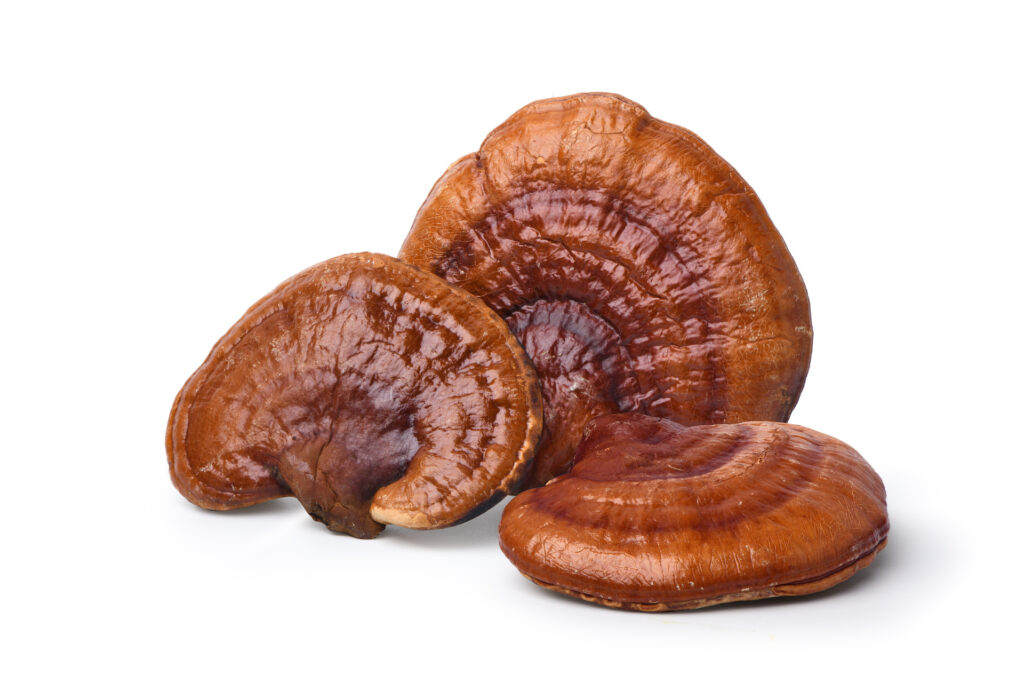
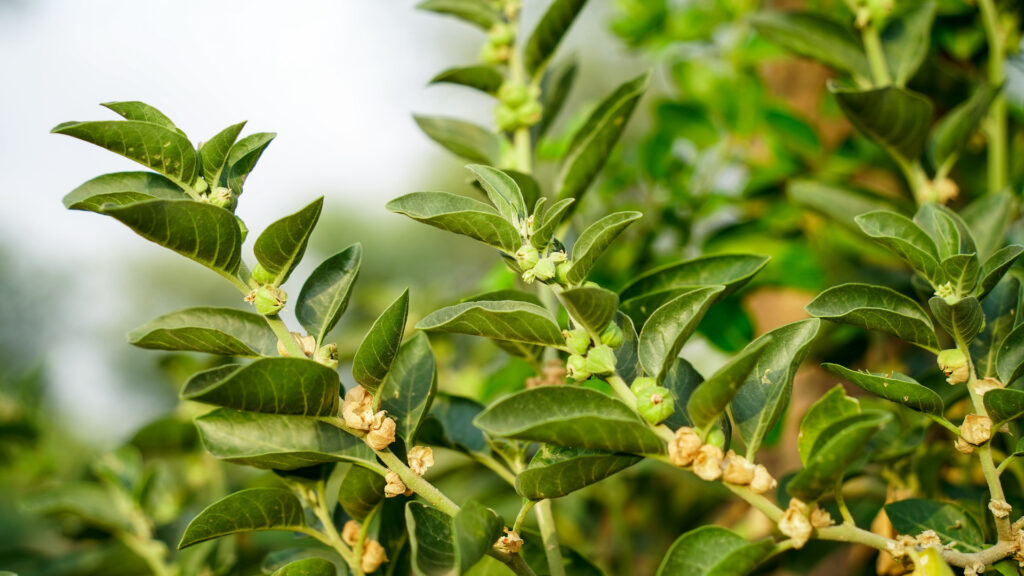
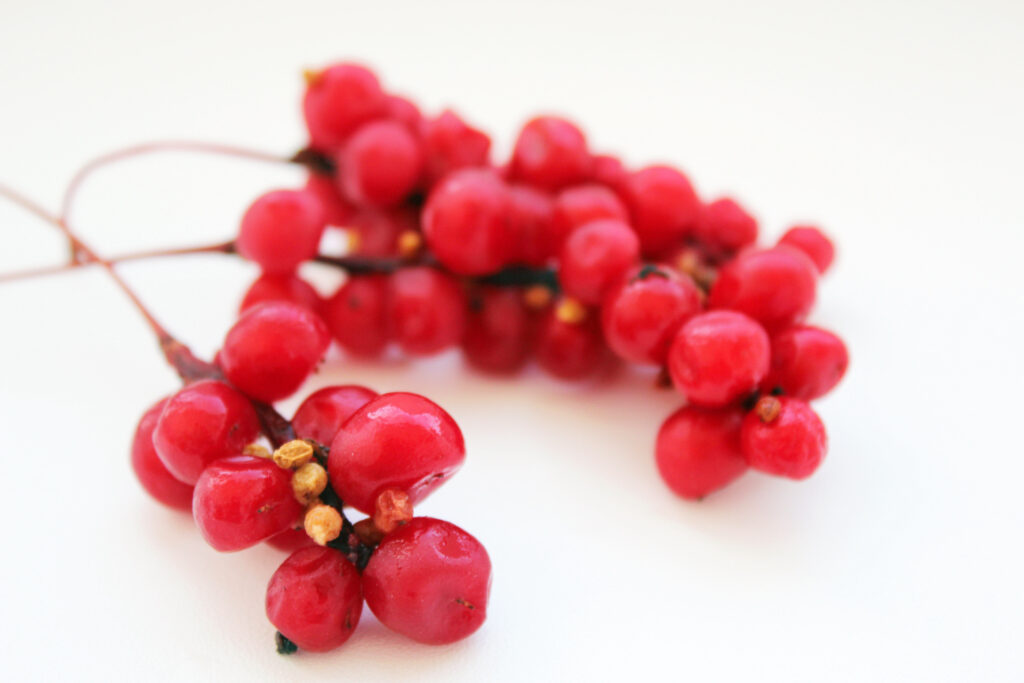

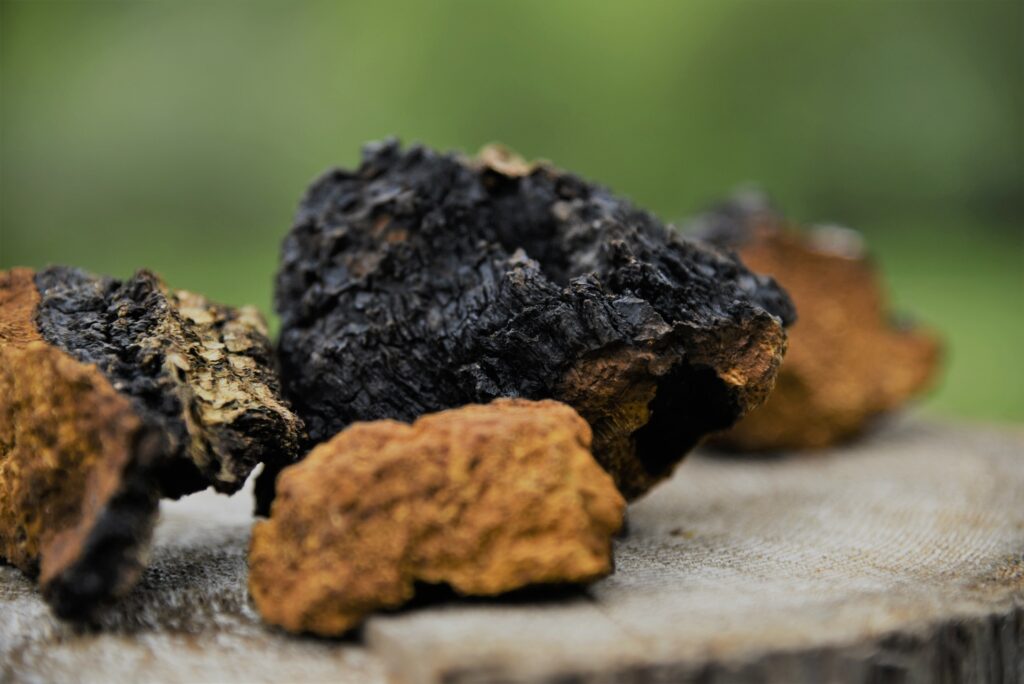
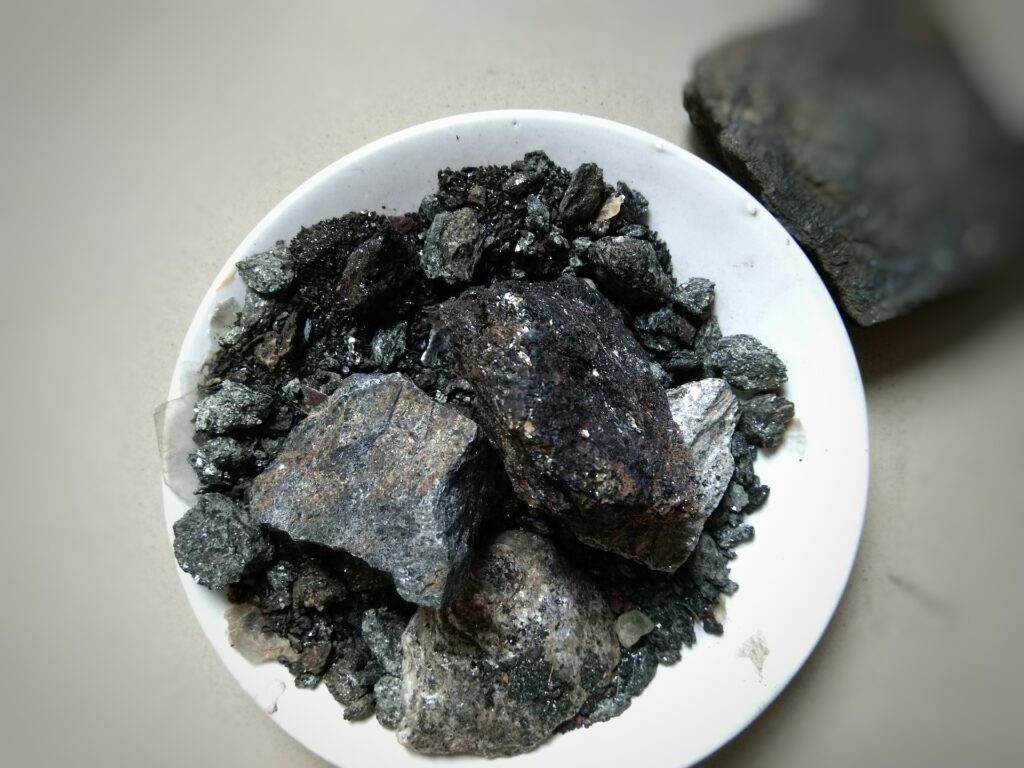
Post a comment: